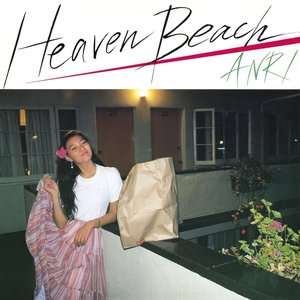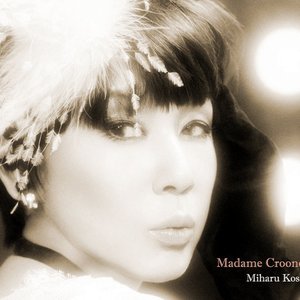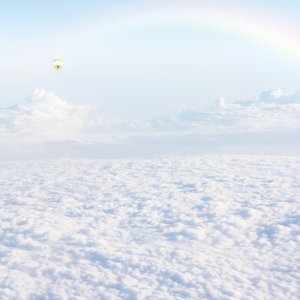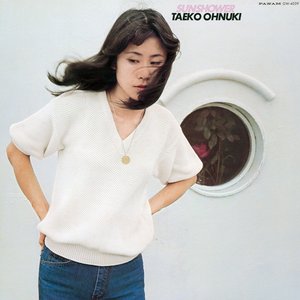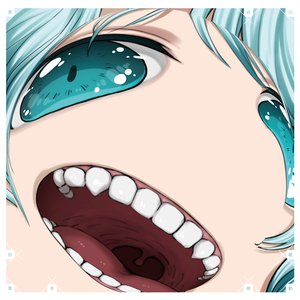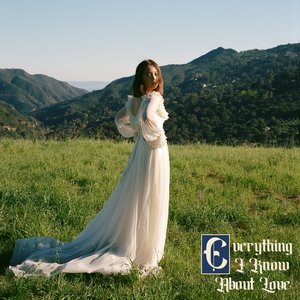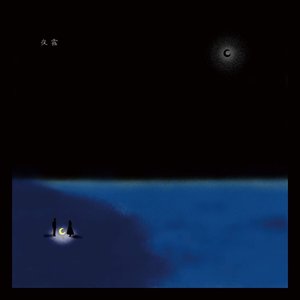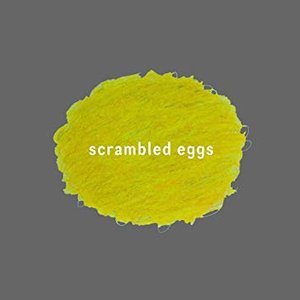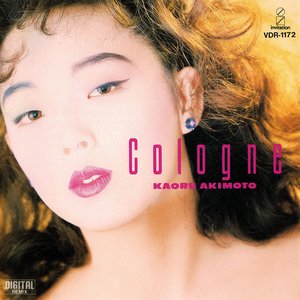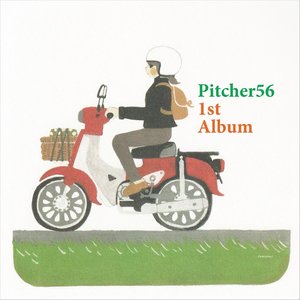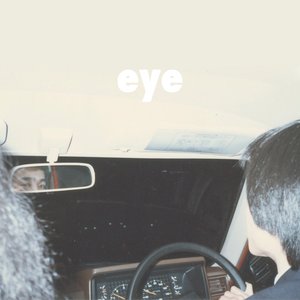Wiki
ランプ幻想 was released on December 3, 2008.
Inspirations and Influences
The album seems to take on a similar idea like The Beatles' Abbey Road, both albums having some songs flow seamlessly to the next.
The transition between 白昼夢 and 日本少年の夏 was directly inspired by the transition between You Never Give Me Your Money and Sun King, whereas the kalimba instrumentation present in the intro of 日本少年の夏 is likely inspired by the intro of Spanky & Our Gang's Hong Kong Blues. Aside from song transitions, 白昼夢 is inspired by Don't Let Me Down, and ゆめうつつ's Indian-like phrasing in the second half was influenced by Blue Jay Way, written by none other than George Harrison.
Members' thoughts on each song/liner notes
Credit to http://kumomi.org/2015/07/24/lamp-lamp-gensou-interview-liner-notes-2008/
1) "儚き春の一幕"
Yusuke Nagai: It's by no means an "easy to get" song, but we nevertheless put it as the first track on the album. The song has no repetition, and there are some very original chord progressions and melodies in there as well. You can tell Someya feels proud of this one as its composer.
Kaori Sakakibara: It's such a strange song. No melody is repeated twice — it feels like the scenery in front of you is constantly changing. It's almost an excessively delicate beginning to this collection of Lamp's songs.
Taiyo Someya: This song came about with me wanting to write a song that sounded like something that came out of Minas, Brazil — only wrapped up in a Japanese atmosphere. I'd been wanting to try writing a pop song with no repetition for a while now, and this song finally gave me the opportunity to do so. The lyrics are based on beautiful memories of days past.
2) "密やかに"
Nagai: My concept when writing this one was to compose a song that you'd only need one guitar to portray its whole beauty with. I think it came out pretty good, actually. The string arrangement was very difficult though.
Sakakibara: It begins with a nostalgic-sounding string quartet and is followed by some finger-picked guitar, sounds of a piano, and above all, that vocal that sounds so alive, like he's singing right next to you. The simple arrangement helps the song deliver its beauty to the listener with ease.
Someya: My favorite song on the whole album. The sound and instrumentation is simple, but the level of perfection of the chord progressions and melodies is incredibly high and very Nagai-like. I don’t think there’s anyone else out there who could write a song like this. This is the kind of sound I wanted the entire album to have as we were making it, yet it feels like this song is actually closest to that ideal. Also, not only is Nagai's guitar and piano playing great, his arrangement is fantastic as well. Yeah, I like this one.
3) "夕暮れ"
Nagai: This song was a very difficult one to bring to completion. What you can hear on this song was my idea of "rock" — even though I’m not sure anyone else is going to find anything rocking about it.
Sakakibara: I love the transition between the second and third tracks. The way the song reaches that climax near the end is very Nagai-like, too. I respect him for being able to write such a personal song.
Someya: Out of all the songs on this album, this one was the one we had the most difficulty recording. Like with the second song 密やかに, it’s an extremely beautiful song — from the start, Nagai was saying that he wanted these two songs to be connected. It might be difficult to hear because it's kind of buried behind all the other instruments, but the chorus work in the latter half of the song is very beautiful as well. I remember feeling moved hearing it in the studio.
4) "雨降る夜の向こう"
Nagai: We'd played this song live a number of times before, so it was already quite complete by the time we recorded it. The contrast between the difficult-to-understand verse and the very pop, easy-to-understand chorus is interesting.
Sakakibara: The great thing about this song is how the chorus bit I sing is very catchy whereas the parts sung by Nagai are actually very complex, and yet, it’s so easy to listen to. I feel proud of this one.
Someya: After releasing our third album, 木洩陽通りにて , this song along with ムード・ロマンティカ were the very first songs I wrote. It's a song I really had to work on, making several revisions to it all the time, so I have a deeply personal connection to this one. I'm very happy with how it turned out, and I love the imagery of the lyrics.
5) "ゆめうつつ"
Nagai: I think this is one of those songs that some people are going to absolutely love, and others are going to absolutely hate. People who don't care about this kind of thing are going to think it's overly simple, whereas people who do appreciate the style might find something great about it.
Sakakibara: It's split into two parts, with the latter half being very Indian music-inspired for some reason. We wanted to create a very dreamy atmosphere. It's a very hard song to grasp — in a good way — and I’m glad we were able to have it on the album.
Someya: I wanted to capture a rainy landscape in a folky sound with this one. What I wanted to do was portray that strange sort of mellowness you can feel on a rainy day, but at this point I don't even know myself if I succeeded in actually doing so. This is the first time all three of us took part in finishing a single composition.
6) "白昼夢"
Nagai: Probably the catchiest song on the album. It might be far removed from what people have come to expect from Lamp, but we like this kind of stuff, too. It makes me think that our playing might’ve gotten just a little bit better, too.
Sakakibara: This song feels very symbolic of the entire album. Sure, listening to it objectively, some people might be shocked to hear this kind of a song coming from us, but I didn't feel like we were being especially uncanny or anything. It feels like a very natural progression for Lamp.
Someya: A song about a man who's gone mad on a calm, sunny day — and it's about myself. And it feels like a very personal song, too. I guess that's the maddest thing of all.
7) "日本少年の夏"
Nagai: It feels like this song ended up sounding almost the way we imagined it, from the lyrics to the playing. Of course, no song can be 100% exactly the way you imagine it, but I think it's important you at least strive towards that — it hardly ever leads to a good song when you compromise. Well, that's how I see it anyway.
Sakakibara: It's song that sort of drifts between dream and reality. I’ll be happy if that comes across to the listener as well. Although it might strike you as a very simple song as a whole there's actually lots of little things to note, such as the chorus vocals and the delicate arrangement.
Someya: Those distant, childhood memories I have of the summer, they now seem to me like nothing less than bliss; that warmth a fleeting illusion. Recording this song actually took us two summers — it now feels somehow strange looking back on last year’s summer.
8) "二十歳の恋"
Nagai: This one's a pretty old song — one of the ones we made when the band was first formed. The arrangement didn't change much from how it was originally, apart from the addition of strings and marimba and such, stuff we're only able to do now. I quite like it.
(The original song is 桜色.)
Sakakibara: This is a song we really were singing when we were 20, so it brings back memories for us in the band. I remember feeling pretty impressed when Taiyo suddenly told us "I came up with a song based on the Hyakunin Isshu!"
Someya: This is a song I wrote seven years ago and it’s one that feels very close to me. The lyrics were influenced by the 5-7-5-7-7 form of Tanka poems. It feels like I managed to create something new by combining bossa nova and that Japanese feeling. It's about someone not realizing the impermanence of youth; the beauty of a love one you can never experience twice. We took great care in trying to achieve just the right atmosphere on this song.
9) "冬の影は哀しみ"
Nagai: According to Someya, this is his favorite of the songs he composed for this album. Although I have to say, this song would've turned out better if I was just a little bit better of a singer. The lyrics dealing with a time you can't go back to are just heartrending.
Sakakibara: This is another pretty old song and it has lyrics that are quite straightforward — something uncommon with Lamp. I think there's something charming and cute about how a song like this was written by Taiyo and sung by Nagai.
Someya: I wrote this song during the production of our third album 木洩陽通りにて. I remember singing and playing this song to myself after I'd written it, and just crying every time. So I have an emotional attachment to this one. I’ve really liked this song ever since I wrote it. With the lyrics about a lover who leaves your side, it's just a very lonely, sad song.
10. "ヱンド・オブ・ア・ホリデヰ"
Nagai: This was originally supposed to be a song without vocals, but then Someya warned me that listeners would be disappointed if a song like this was an instrumental, so I hurriedly wrote some lyrics and put vocals on it. This was the first time I used a 12-string electric guitar on record.
Sakakibara: The ambiance of this song sounds like something new for Lamp. While it was supposed to be an instrumental, Taiyo was really, really adamant about it having vocals, so it ended up being a duet with me and Nagai. The ukulule, steel guitar and organ make it sound so light and pleasant.
Someya: I remember telling Nagai how much I loved the song the day I first heard it. When recording it, I did my best in helping bring out the feel of the song like it was on that day he first played it for me. All three of Nagai's songs on this album are very elaborate — I can only imagine how difficult they must've been to write.
11) "ア・サマア・バケイション"
Nagai: It’s a simple performance, with basically just Someya on guitar and me on piano, but there's also a very effective synthesizer part played by Jun Suzuki. It feels like a fitting song to end the album with.
Sakakibara: This song is one of four songs on the album with no drums, and they're all very different, rich compositions. There's the multi-layered chorus vocals and a moog synthesizer that just floats along… To me, it has an image of being the final, sorrowful tiny flower that adorns the album — and then we must part.
Someya: I felt like the album was still lacking something, and this was the final song added to it. A song about the loneliness of summer's end. For the basic track, my guitar and Nagai's piano were recorded simultaneously.
Album descriptions on Last.fm are editable by everyone. Feel free to contribute!
All user-contributed text on this page is available under the Creative Commons Attribution-ShareAlike License; additional terms may apply.

